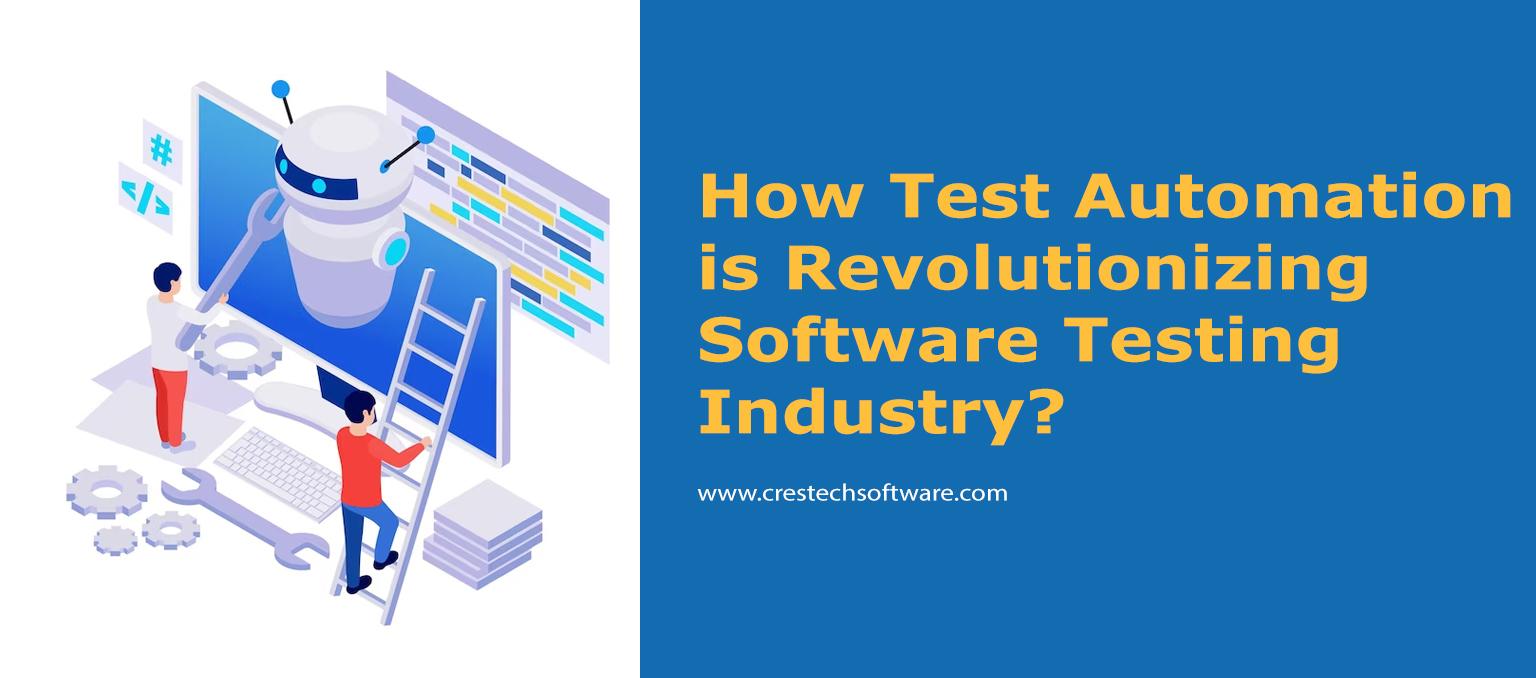Automation has been revolutionizing software testing in recent years, bringing numerous benefits while also presenting some challenges. Let's explore both aspects:
Benefits of Automated Software Testing
Increased Efficiency: Automated software testing services significantly accelerate the testing process compared to manual testing. Automated test scripts can be executed quickly and repeatedly, saving time and effort for testers.
Enhanced Test Coverage: Test automation service allows for extensive test coverage, enabling testers to test multiple scenarios, data sets, and configurations more comprehensively. This reduces the likelihood of critical defects slipping through the testing process.
Cost Savings: Although initial automation setup may require an investment, quality assurance automation eventually leads to cost savings in the long run. Once created, automated test scripts can be reused across different test cycles, reducing the need for repetitive manual testing.
Consistency: Automated tests ensure consistency in test execution, reducing the possibility of human error and providing reliable results with each test run.
Faster Time-to-Market: Automated testing facilitates faster release cycles. With quicker test execution and earlier bug detection, software development teams can bring new features and updates to the market more swiftly.
Regression Testing: Automation is ideal for repetitive regression testing, which ensures that new code changes do not adversely affect existing functionalities.
Continuous Integration and Continuous Delivery (CI/CD): Automation plays a vital role in enabling CI/CD pipelines, ensuring that software changes are continuously integrated, tested, and delivered to production environments efficiently.
Challenges of Automation in Software Testing:
Initial Setup Complexity: Setting up an automation framework and creating test scripts can be time-consuming and requires skilled resources with knowledge of scripting languages and testing tools.
Maintenance Overhead: Automated test scripts need to be maintained as the application evolves. Any changes in the application's UI or functionality may require updates to existing test scripts, adding to the maintenance overhead.
Limited Test Coverage for UI Changes: When the user interface (UI) of the application undergoes significant changes, automation scripts may need to be adjusted, which could lead to temporary gaps in test coverage until the updates are completed.
False Positives/Negatives: Automation scripts may occasionally generate false positives (incorrectly reporting a defect) or false negatives (failing to identify a defect), requiring human intervention to validate results.
Inability to Replace Human Intuition: Automation can execute predefined test cases but cannot replicate human intuition, creativity, or exploratory testing capabilities that are essential for uncovering complex and subtle defects.
Upfront Investment: Adopting automation requires an initial investment in tools, training, and resources, which may be a challenge for some organizations, especially smaller ones.
Non-GUI Testing Challenges: Some testing scenarios, like security testing or performance testing, may not be well-suited for automation or may require specialized tools.
In conclusion, automation in software testing brings substantial benefits, such as increased efficiency, improved test coverage, and cost savings. However, it also presents challenges, such as initial setup complexity, maintenance overhead, and limitations in handling certain types of testing. To achieve the best results, organizations should carefully assess their testing requirements and strike a balance between automated and manual testing approaches.
Sponsored
How Test Automation is Revolutionizing Software Testing Industry?
Posted 2023-07-25 06:05:29
0
45

Search
Sponsored
Categories
- Art
- Causes
- Crafts
- Dance
- Drinks
- Film
- Fitness
- Food
- Games
- Gardening
- Health
- Home
- Literature
- Music
- Networking
- Other
- Party
- Religion
- Shopping
- Sports
- Theater
- Wellness
Read More
Portable Generators Market Opportunities, Challenges, & Trends Report 2023-2030
Portable Generators Market Analysis Scope & Overview
The report examines COVID-19's impact on...
Revolutionizing Automation with OpenAI and Zapier: Unleashing the Power of GPT-3
In the fast-paced world of technology, innovations often emerge from unexpected collaborations....
Simran Infrastructure Inc: Redefining Living Spaces, Shaping Destinies in South Delhi
Embark on a transformative journey with Simran Infrastructure Inc, where home renovation company...
Best Headphones for Mixing and Mastering: A Sound Engineer's Guide
Introduction:
In the realm of music production, the importance of accurate monitoring cannot be...
Veterinary Care in Lexington, KY: Prioritizing Your Pet's Health and Happiness
Ensuring the well-being of our beloved pets requires finding a trusted veterinarian in Lexington,...
Sponsored